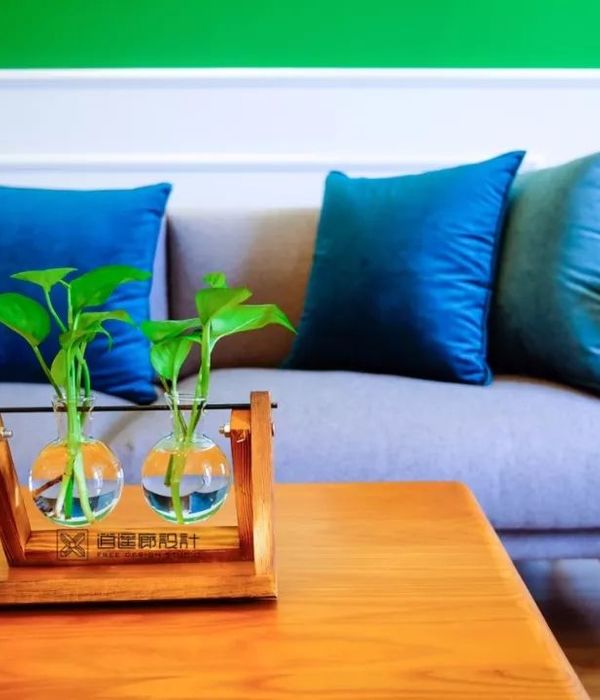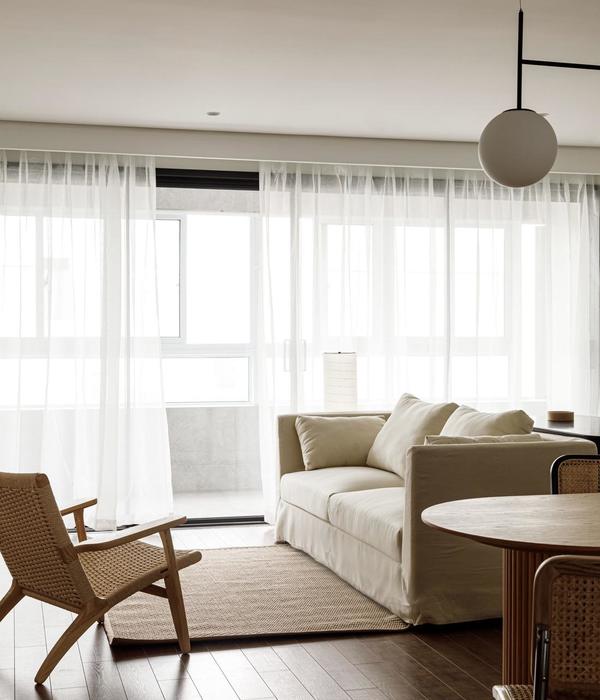架构师提供的文本描述。我们创造活生生的房子。这是这个系列的第三个实验所。从一个故事开始。在与我们的客户交谈时,她讲了一个有趣的故事,讲述她的女儿从学校回来后,在校车上告诉她的朋友们,上世纪70年代的水泥房子不是她的家。从孩子的角度来看,她永远无法将自己的家形象与那个惰性的盒子联系起来。
Text description provided by the architects. We create living breathing houses. This is the third experimental house in this series. It started with a story. During a conversation with our client, she said an interesting story about how her daughter, returning from school would tell her friends in the school bus, that the existing concrete house of the 1970s was not her home. From a child's perspective, she could never relate her image of a home to that inert box.
© Ananthakrishnan.S
C.Ananthakrishnan.S.
这种叙述引导我们使用普遍形式的庇护所作为她的家的形象,这是每个孩子都能联系到的东西。对于一座3000平方英尺的两层住宅来说,这就是我们对家的一种诠释。原始的白色是为了响应热带的太阳而选择的,因为我们想探索白光的各种颜色。
This narrative guided us in using the universal form of shelter as the image of her home, something which every child can relate to. For a 3000 sqft two story house with all luxuries of contemporary living, this was our kind of interpretation of home. The pristine white was chosen in response to the tropical sun, as we wanted to explore the various hues of white light.
Longitudinal Section
它成为定义热带空间的光和黑暗的不同迭代的完美画布。此外,白色也成为一种中性的媒介来吸收充满活力的印度图案和纹理,这为建筑的微妙线条增添了文化层。此外,一片热带景观创造了一种小气候,使锐利的白面抖动。
It becomes the perfect canvas for the different iterations of light and darkness that defines tropical spaces. Also white becomes a neutral medium to imbibe the vibrant Indian motifs and textures which add a cultural layer to the subtle lines of architecture. Also, a blanket of tropical landscape creates a microclimate that dithers the sharp white planes.
© Ananthakrishnan.S
C.Ananthakrishnan.S.
{{item.text_origin}}












